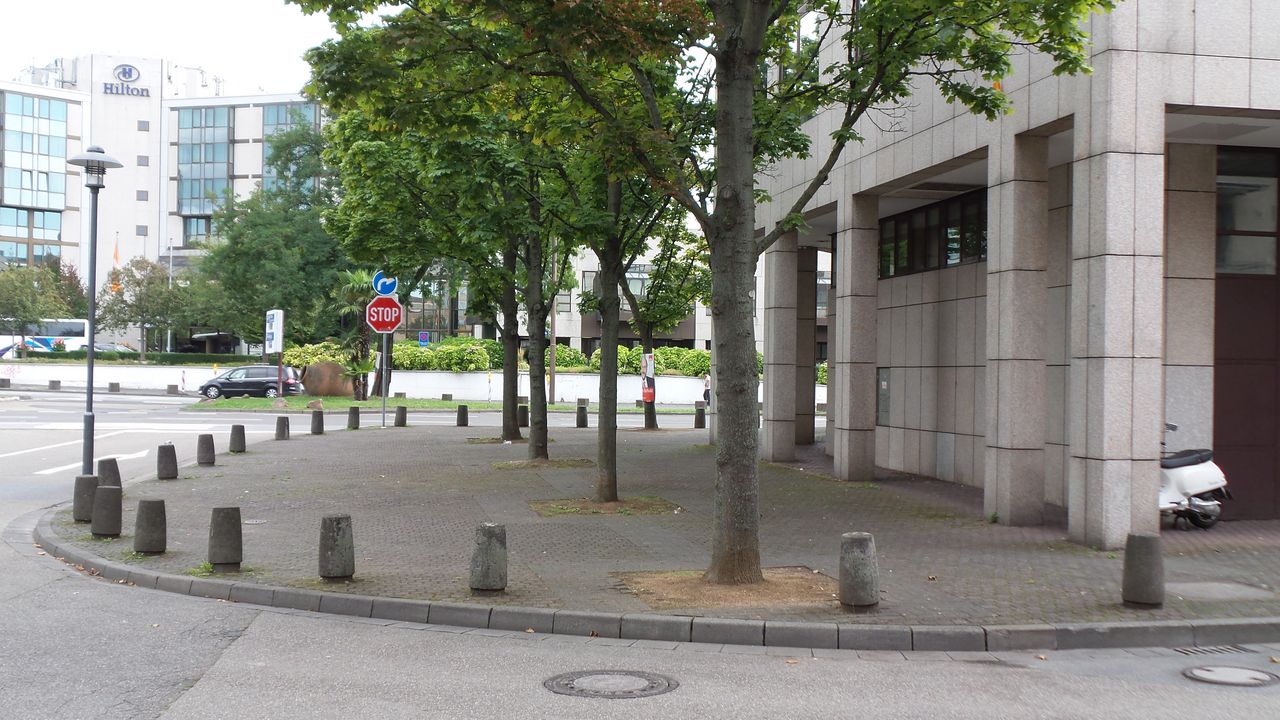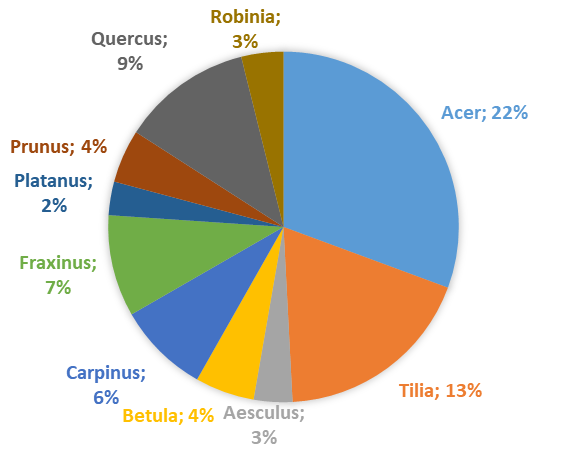Climate Biomonitoring with Lichens in Bavaria
Lichens are communities of fungi and algae or cyanobacteria that settle on tree bark, rocks or on the ground. Due to their direct contact with the atmosphere, without a protective wax layer as in higher plants, they react extremely sensitively and relatively early to changes in temperature and humidity. With climate change, the diversity of the lichen population is therefore also changing, and several species are classified as climate change indicators.
<<more>>

